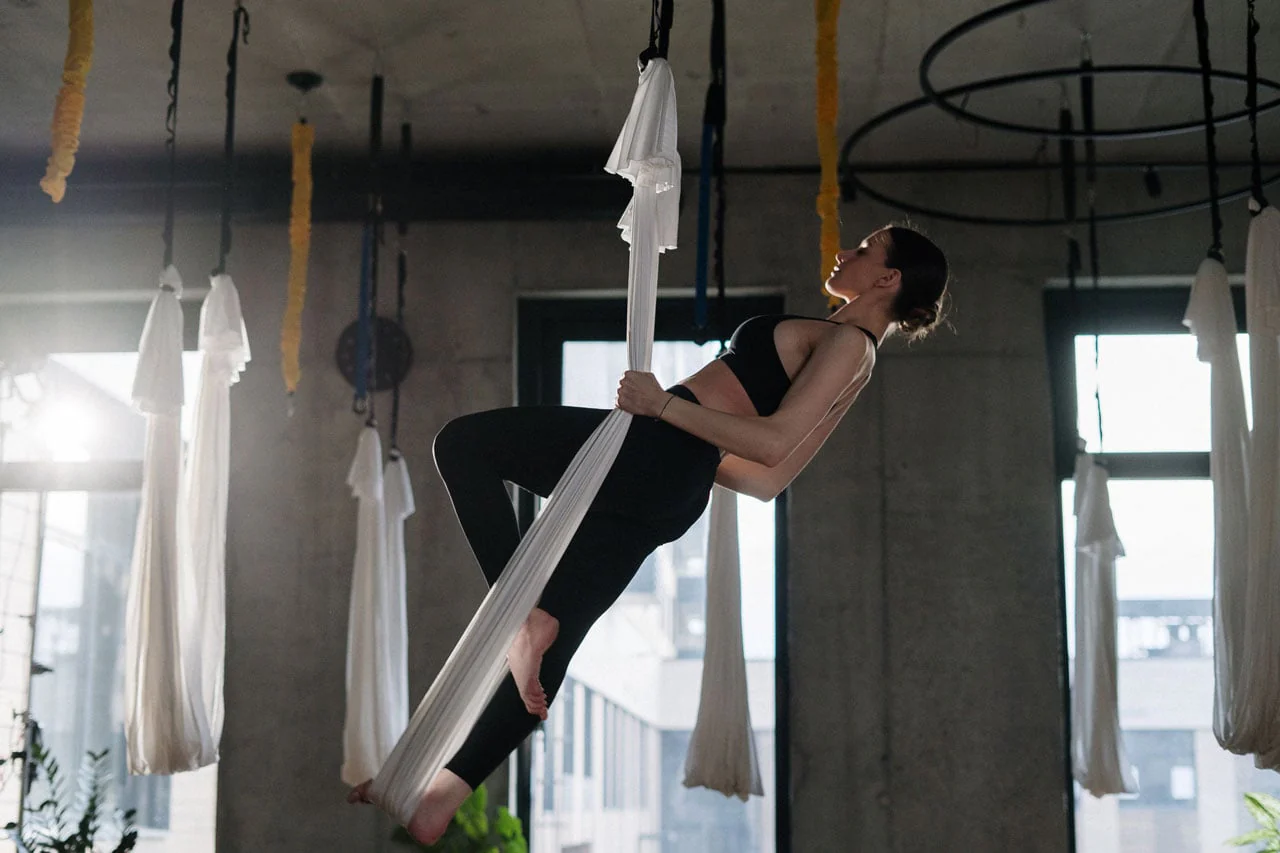“It’s not so much what you know as it is who you know”. Often quoted in life and in business, this truism sometimes turns up in surprising contexts. Take human evolution.
As a puny species with no teeth or claws to speak of humans have succeeded beyond expectations: today we humans and our livestock represent 98% of the mammalian biomass on earth. Our animals and ourselves add up to 800 million tons; wild mammals, by contrast, have been reduced to just 20 million tons.
It wasn’t always thus. At times in human evolution there were so few of us that our species might easily have died out altogether. What turned the tide?
Well, several things. The discovery of fire half a million years ago was certainly a big boost for humans, but the human proclivity for partnering with other species has also been critical to our success. Humans and dogs made common cause at least 30,000 years ago, with dogs helping out with hunting, sentry duty, and companionship.
Horses became allied with our species more recently, sharing their milk, multiplying our strength, and allowing us to travel faster and further than we ever could unaided. Indeed, riding horseback was the fastest any human could travel until the invention of the steam locomotive.
Surprisingly, although we know that the horse was domesticated over 3,500 years ago, it’s not known exactly when humans began riding horses1. Anthropologists know that horses and humans forged a pact and began living together around 3,500 BCE. We know this because telltale signs such as horse milk traces on pot shards in Krivyanskiy, Russia provide conclusive evidence of horses nurturing humans long before written records. And while depictions from Mesopotamian Ur III period from around 2000 BCE show humans riding horses, exactly when people began riding horses has been an open question.
Until now.
Martin Trautmann and coworkers2 carefully examined human remains from 5 Yamnaya humans who lived in kurgans, Romania between 1320 and 2501 BCE. They found changes in the hip and leg bones that have been definitively linked to horseback riding. Seemingly, horses not only changed our lives but our very bones. When asked who first had the idea of trying to ride a large dangerous animal, one researcher (David Anthony, an emeritus professor of anthropology with Hartwick College) replied: “someone looking for a thrill, someone who wouldn't mind repeatedly getting thrown off. If you were, say, 12 years old, you know, and your sense of fear was not as highly developed. So, probably adolescents who were challenging each other to try again and again."
With the discovery that horses could be ridden, the defining trait of our species, our highly efficient walking gate, was suddenly challenged, because we could borrow limitless energy derived from grass from our new horse partners.
As a species we’ve now graduated from sitting on horses to sitting on chairs. Unfortunately, we were far better off sitting on horses than on our current “ergonomic” office chairs, because sitting on a horse requires active muscular engagement and careful attention to posture, a package provides significant benefits. Indeed, a recent research paper3 in the prestigious journal Medicina by Colladro-Mateo and collegues found that horseback riding, and even simulated horseback riding, significantly reduced symptoms of low back pain. By contrast, today’s chairs are designed to specifically extinguish any muscular effort by providing “support”: headrests, footrests, backrests, armrests, and the coup de grace, lumbar support. Because the human metabolism requires exercise to stay healthy, our chair addiction has turned out to be a public health catastrophe.
Our chair-centric, cubical-based life style makes it unlikely that we’ll return to our healthier, horsier days. But perhaps we could reengineer office chairs to more closely replicate sitting on a horse.
It turns out that our active chairs already replicate many of the movements required to sit astride a horse. Denny Emerson, a famed equestrian4, pointed this out to us some years ago. The first time he sat on an active chair he said, “This is just like riding; I never stop moving.” And our chairs have since acquired a niche following with the horse set. There have even been some intrepid souls who have “saddled up” one of our chairs in an effort to bring horseback riding inside on rainy days:

The correlations between riding and active sitting are pronounced, so one might ask: “Does active sitting change human bones the same way horseback riding does?” I have no idea. But we do know that the spontaneous movements that come along with active sitting improves one’s resting metabolism in ways that are likely to lead to a healthier, and longer life. So, if you can’t afford boarding fees, oats, and horseshoes, you might think about getting an active chair: much of the benefit with a minimum investment.
1Scientists find signs of horse riding in ancient human remains





Leave a comment
All comments are moderated before being published.
This site is protected by reCAPTCHA and the Google Privacy Policy and Terms of Service apply.